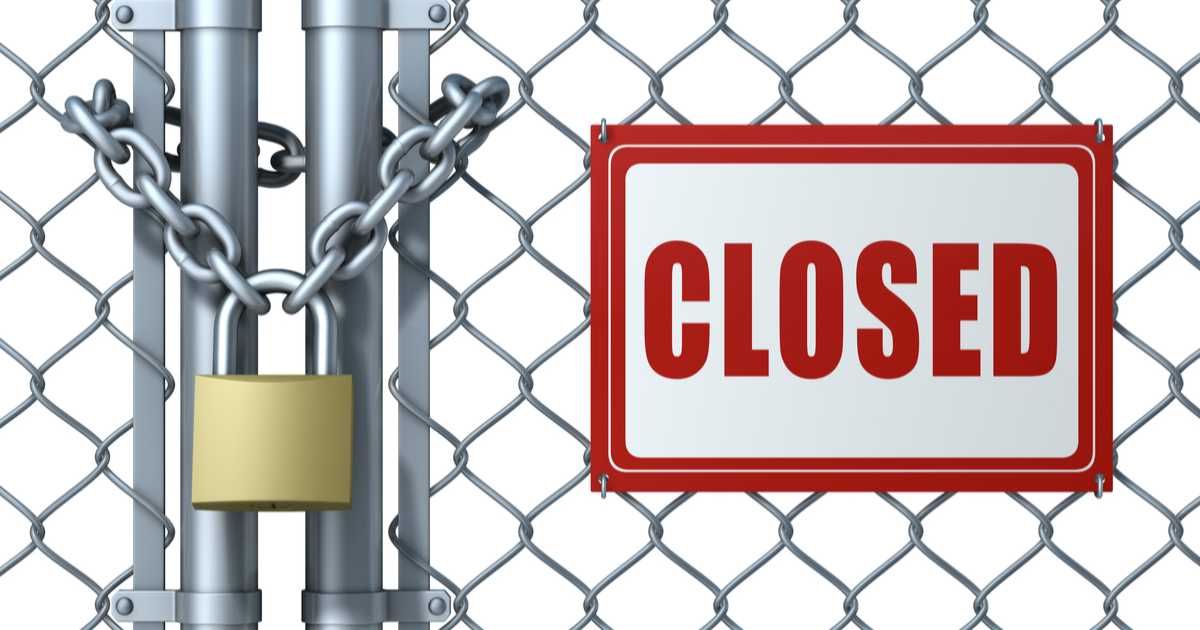Some Chinese factories have suffered serious blows recently.
Large American companies are moving manufacturing outside of China, often abruptly. Many manufacturers were hit in 2020 by very soft demand and cancelled orders. Their government is becoming more serious in getting taxes paid and regulations complied with. And so forth.
The logical conclusion? Many factory owners who have accumulated debt and don’t see the light at the end of the tunnel are tempted to go out of business.
If you rely on a few key suppliers, will you be impacted if one of them goes bankrupt? It is not just a matter of getting a deposit back. It might threaten the continuity of supply to your customers!
Are there ways for you to monitor the situation and assess whether there is high risk so that you start relying on a backup instead and building up more inventory?
The good news is, yes, there are often signs you can probably pick up. Here are my tips for assessing your Chinese supplier’s financial health:
Making use of public records
Certain elements of risk may be available as public records. They can point to a degrading financial situation if they appeared recently. Here is a non-exhaustive list:
- Dishonored checks
- Civil litigation
- Performance defaults
- Bankruptcy
- Charges & mortgages
- Liens
- Adverse local media coverage
Other information of public record can also give an idea of the situation. If the supplier has added a shareholder recently, that may be part of a refinancing effort?
Sending someone on site
You are probably unable to visit your key suppliers these days. Maybe you should still have someone (typically, an auditor, or a project manager) pay them a visit.
Counting the number of operators who are busy, and comparing that to the number last year at the same period, would bring good insights.
Are they shrinking? Maybe they have gathered all their operations on one floor when they used to occupy 4 floors? They certainly lost considerable business. If they weren’t paid on the last shipments to those lost customers, it might be a matter of weeks before they are officially bankrupt.
Is the owner in a good mood, and is happy to take you to a nice dinner? Or does it seem to be hiding and avoid public places (which might indicate he contracted ‘shark loans’ and has trouble repaying them)?
You might also pick up some good signs. Do they still spend time on tasks and projects that bring dividends in the mid- to long-term? For instance, preventive maintenance, office renovations, keeping up quality systems, sending staff to training, etc. It can be hard to assess these points from a distance.
Better yet, have they invested in new equipment, or are they planning to?
Any other signs that they might be in a rough financial situation?
Have they asked for advance payments from your side? That usually means they are in a very tight cash situation.
Have they started to be much more rigid? For example, refusing to rework some issues? That’s a sign of a company that is scraping by, day by day.
If you present them with a contract to sign, do they just refuse to even read it, or do they sign it without any comments? That’s also not the sign of a company projecting itself 10 years from now.
Are they putting an order on hold? Maybe that’s because they don’t have the cash to give a deposit to a key supplier?
Have they had repeated issues due to their own suppliers? It might be due to the fact that they owe a lot of money to those suppliers, who are not happy and not making efforts.
Is there any equipment they had to dispose of? (Maybe in order to get a fresh infusion of cash?)
*****
If you have never had the experience of a factory closing its doors forever, I can assure you it’s not fun. Several of our clients have been in that case. I hope the little checklist I put together in this article will be useful. Do you have any experiences or points to add? Let me know in the comments, please.
P.S.
If uncovering and dealing with supply chain risk (such as losing a key supplier) is important for your business (it should be!), take a look at my series of blog posts on Supply Chain Risk Management.
Ultimate Guide To Sourcing From China And Developing Your Suppliers [eBook]
This FREE eBook starts from the beginning, discussing whether you need to hire a sourcing agent, and follows the sourcing process right through to developing a trusted supplier’s quality and productivity.
There are 15 chapters over 80+ pages to explore, providing exhaustive guidance on the entire sourcing and supplier development process from start to finish, including:
- Identifying suppliers,
- Negotiations,
- Quality inspections,
- Developing Chinese suppliers,
- Improving factory quality and productivity,
- and much more…


